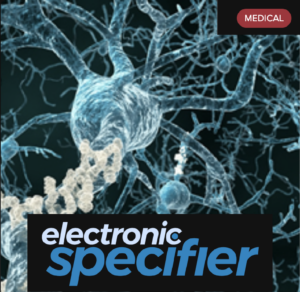My Career – Chapter 4: Alzheimer’s Disease
Description
Alzheimer’s Disease Research
Advanced understanding of human-specific neuronal pathology through a collaborative human-mouse chimeric model, addressing critical challenges in Alzheimer's research.



 Featured in the influential French-Belgian media outlet known for its wide-reaching audience:
Featured in the influential French-Belgian media outlet known for its wide-reaching audience: The official statement underscored the accelerated pace of discovery enabled by this model:
The official statement underscored the accelerated pace of discovery enabled by this model: Highlighting the ultimate goal of the research:
Highlighting the ultimate goal of the research: Highlighted by KU Leuven for its role in advancing Alzheimer’s research:
Highlighted by KU Leuven for its role in advancing Alzheimer’s research: Electronics Specifier celebrated the work for its innovative approach to neuroscience:
Electronics Specifier celebrated the work for its innovative approach to neuroscience: Our work was recognized as
Our work was recognized as  Recognized in
Recognized in 